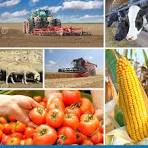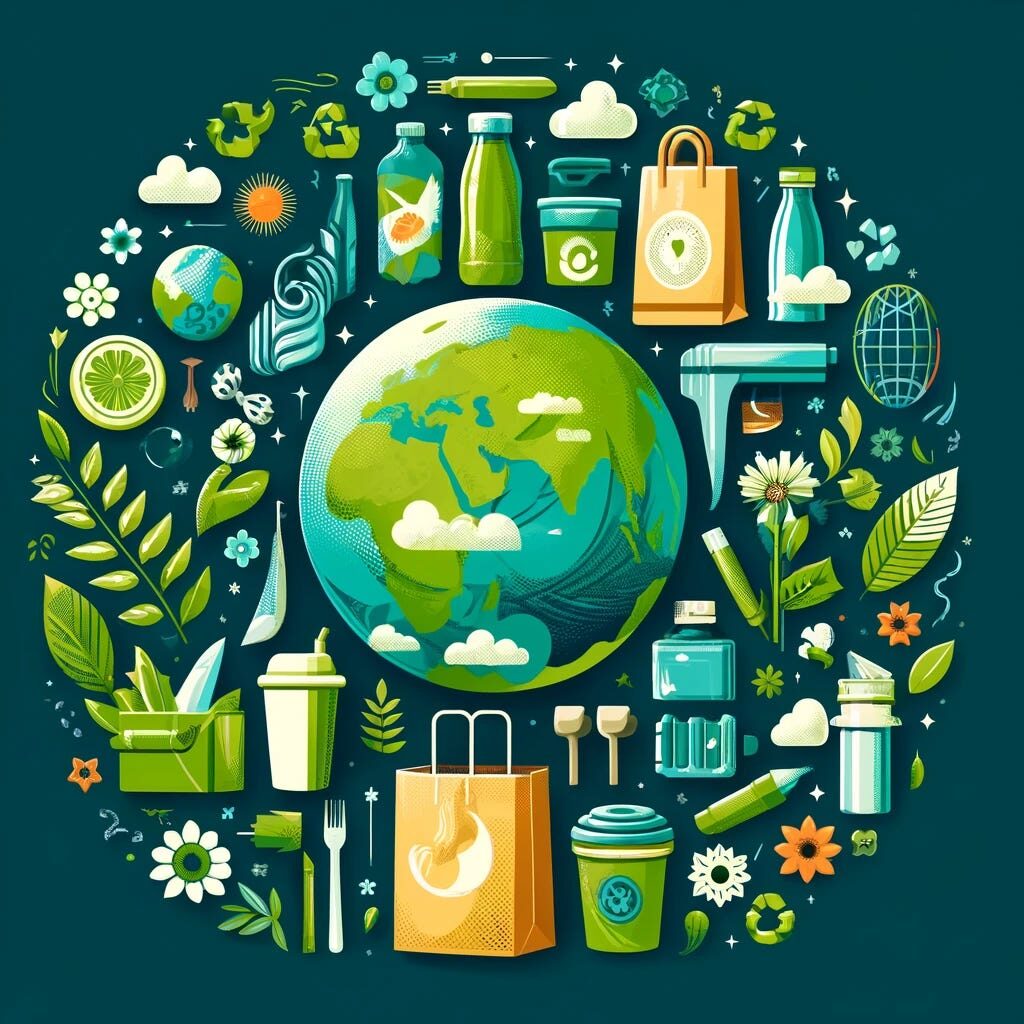5 Different Types of Fish Pond for Fish Farming
Introduction
Fish farming, or aquaculture, is an increasingly popular method of producing fish for food and recreation. Whether you’re a seasoned fish farmer or a curious beginner, understanding the different types of fish ponds available can help you make informed decisions about your aquaculture venture. In this article, we’ll explore 5 different types of fish ponds for fish farming that can easily be adopted for fish farming, discussing their advantages, disadvantages, and suitability for various fish species.
Imagine stepping into your backyard and finding a serene pond filled with vibrant fish, gliding effortlessly through the water. This dream can become a reality with the right type of fish pond. But with so many options available, how do you choose the best one for your needs? Fear not! We’ll break down the various types of fish ponds, making it easier for you to determine which one aligns with your goals and resources.

The Following are different types of fish ponds that farmers can adopted for efficient fish farm practice
1. Earthen Ponds

What Are Earthen Ponds?
Earthen ponds are the oldest and most traditional method of fish farming. They are created by excavating soil to form a shallow water body, often located near natural water sources. These ponds can vary in size, from small backyard setups to expansive commercial operations.
Advantages of Earthen Ponds
- Natural Environment: Earthen ponds provide a natural habitat for fish, allowing them to thrive in a more organic setting.
- Cost-Effective: They are generally less expensive to construct compared to concrete or plastic ponds.
- Sustainable: With proper management, earthen ponds can support a diverse range of aquatic life, contributing to a balanced ecosystem.
Disadvantages of Earthen Ponds
- Maintenance: They require regular maintenance to prevent issues like siltation and weed growth.
- Water Quality Control: Maintaining optimal water quality can be challenging due to the natural elements involved.
- Limited Control: Earthen ponds may not provide the same level of control over fish growth and health as more engineered systems.
2. Concrete Ponds

What Are Concrete Ponds?
Concrete ponds are engineered structures built using concrete blocks or slabs. They offer a controlled environment for fish farming and are particularly popular in urban areas where land is limited.
Advantages of Concrete Ponds
- Durability: Concrete ponds are robust and can last for many years with proper care.
- Water Quality Management: They allow for better control of water quality parameters, such as pH and temperature.
- Customization: Concrete ponds can be designed to meet specific needs, including size and depth.
Disadvantages of Concrete Ponds
- Cost: The initial investment for constructing concrete ponds can be significantly higher than earthen ponds.
- Labor Intensive: Building and maintaining concrete ponds requires skilled labor, which may not be readily available in all areas.
3. Tarpaulin Ponds

What Are Tarpaulin Ponds?
Tarpaulin ponds are a modern alternative to traditional fish farming methods. They are constructed using tarpaulin sheets stretched over a frame made of wood or galvanized pipes.
Advantages of Tarpaulin Ponds
- Easy to Set Up: Tarpaulin ponds can be quickly assembled, making them ideal for beginners.
- Affordable: They are generally less expensive than concrete ponds, making them accessible for small-scale farmers.
- Portable: Tarpaulin ponds can be relocated, allowing for flexibility in farming practices.
Disadvantages of Tarpaulin Ponds
- Durability: Tarpaulin can wear out over time, requiring replacement.
- Limited Lifespan: They may not be suitable for long-term fish farming due to their temporary nature.
4. Plastic Ponds

What Are Plastic Ponds?
Plastic ponds, often made from high-density polyethylene (HDPE) or other durable materials, are another viable option for fish farming. They are similar to tarpaulin ponds but offer greater durability.
Advantages of Plastic Ponds
- Durability: Plastic ponds are resistant to UV rays and can last longer than tarpaulin ponds.
- Lightweight: They are easy to transport and set up, making them suitable for various locations.
- Low Maintenance: Plastic ponds require less maintenance compared to earthen or concrete ponds.
Disadvantages of Plastic Ponds
- Cost: While generally affordable, plastic ponds can still be more expensive than earthen ponds.
- Limited Size: They may not be available in larger sizes, which could limit production capacity.
5. Composite Ponds

What Are Composite Ponds?
Composite ponds combine elements from different pond types, such as concrete and earthen structures, to create a hybrid system. This approach aims to leverage the benefits of each type while minimizing their drawbacks.
Advantages of Composite Ponds
- Versatility: They can be tailored to meet specific farming needs, accommodating various fish species.
- Enhanced Management: Composite ponds allow for better water quality control and management practices.
- Increased Productivity: By combining different materials, these ponds can optimize fish growth and yield.
Disadvantages of Composite Ponds
- Complexity: Designing and constructing composite ponds can be more complicated than single-material ponds.
- Higher Initial Investment: The cost of materials and construction may be higher compared to simpler pond types.
Choosing the Right Fish Pond
When deciding on the best type of fish pond for your farming needs, consider the following factors:
1. Available Space
Evaluate the space you have available for fish farming. Some ponds require more land than others, so choose a type that fits your area.
2. Budget
Consider your budget for initial construction and ongoing maintenance. Some pond types, like concrete, may require a larger investment upfront.
3. Fish Species
Different fish species thrive in different environments. Research the species you plan to farm and their specific habitat requirements.
4. Water Source
Access to a reliable water source is crucial for fish farming. Ensure that your chosen pond type can accommodate your water supply needs.
5. Long-Term Goals
Think about your long-term goals for fish farming. Are you looking for a small-scale operation or a larger commercial venture? This will influence your pond choice.
Read this: Here is a Solution to Nigeria Agricultural Problem
Conclusion
Fish farming can be a rewarding and sustainable way to produce food and support local economies. By understanding the different types of fish ponds available, you can make informed decisions that align with your goals and resources. Whether you choose an earthen pond for its natural benefits, a concrete pond for its durability, or a tarpaulin pond for its ease of setup, each option has its unique advantages and challenges. As you embark on your fish farming journey, remember that the right pond type can significantly impact your success. So, take the time to research, plan, and create the perfect environment for your fish to thrive!
FAQs
1. What is the best type of fish pond for beginners?
Tarpaulin ponds are often recommended for beginners due to their affordability and ease of setup.
2. How long do fish live in earthen ponds?
Fish can live for several years in earthen ponds, depending on the species and environmental conditions.
3. Can I use multiple types of ponds on my farm?
Yes, many fish farmers use a combination of pond types to optimize their operations and meet the needs of different fish species.
4. What maintenance is required for concrete ponds?
Concrete ponds require regular cleaning, monitoring of water quality, and occasional repairs to ensure structural integrity.
5. Are plastic ponds suitable for all fish species?
While plastic ponds can support many fish species, it’s essential to research the specific habitat needs of the fish you plan to farm to ensure their health and growth.

